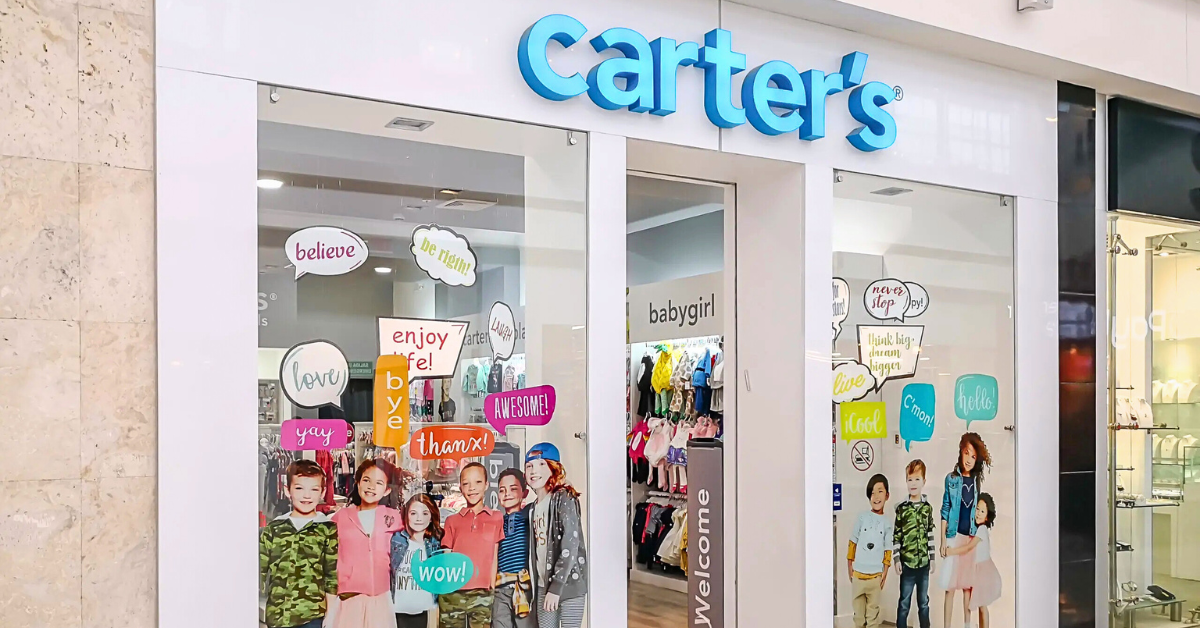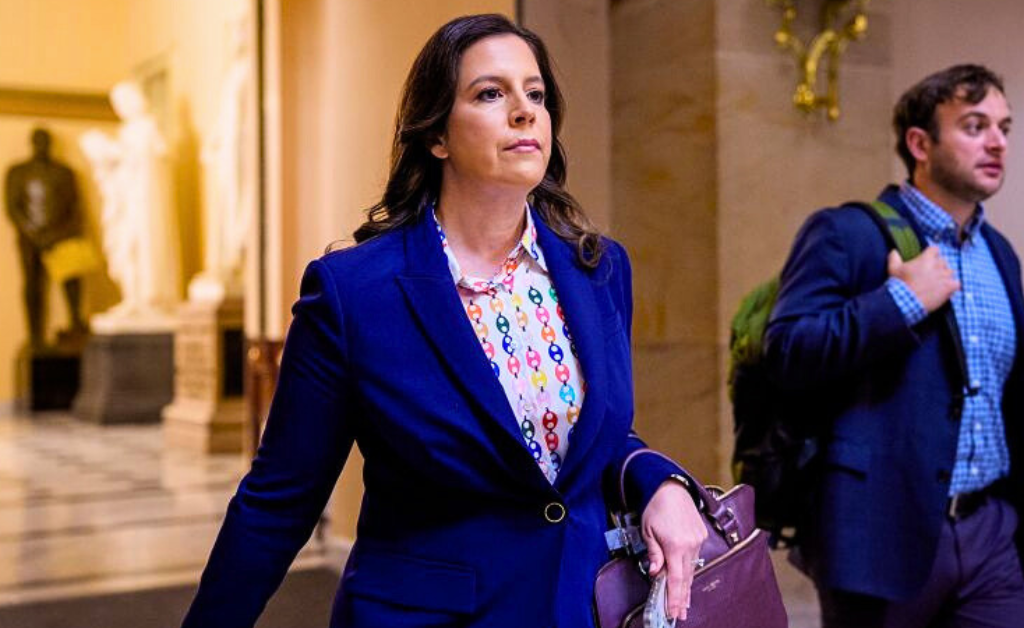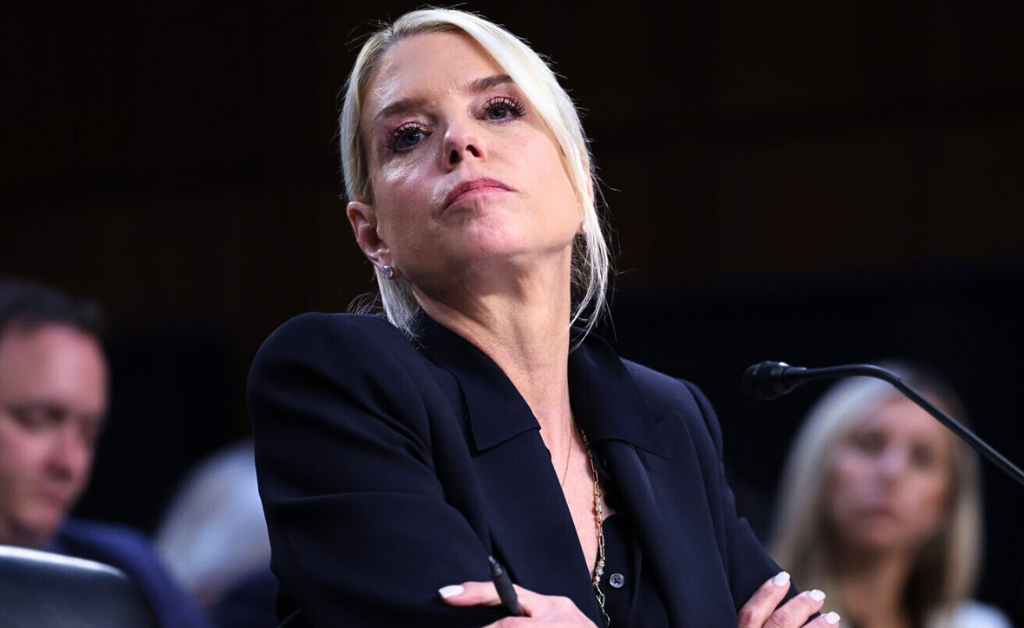- Rising import tariffs have slashed retailers' profits, forcing price hikes, reduced discounts, and major cost cuts like Carter's layoffs and store closures.
- Families respond by shifting to thrift, bulk buys, versatile basics, and online shopping as retailers trim assortments and access in some communities tightens.
As the leaves turn and kids gear up for another school year, the ritual of shopping for new clothes feels a bit heavier this fall. For many parents, outfitting little ones in cozy sweaters, sturdy jeans, and playful prints isn’t just about style—it’s a practical necessity that keeps daily life humming along.
But behind the racks at familiar stores like Carter’s, a storm of economic pressures is brewing, forcing changes that hit right at home.
In late October 2025, the beloved children’s apparel giant announced plans to close about 150 underperforming stores across North America and lay off roughly 300 corporate employees by year’s end.
The FrankNez Media Daily Briefing newsletter provides all the news you need to start your day. Sign up here.
These moves, tied directly to escalating import tariffs, underscore a broader squeeze on family budgets and shopping habits in an already cautious retail landscape.
Carter’s, known for its OshKosh B’gosh overalls and soft-as-a-cloud onesies that have dressed generations of toddlers, revealed the news alongside its third-quarter earnings on October 27.
Details Leading to the Carter’s Layoffs
Sales dipped a modest 0.6% to $757.8 million, but profits cratered 80% to just $11.2 million from $58.3 million the year before. The culprit? Higher tariffs on imported goods, which the company sources from countries across Asia and beyond.
Executive Vice President and CFO Richard Westenberger explained during the earnings call that these duties have already shaved $20 million off gross margins in Q3, with a projected $40 million hit in Q4 alone.
Looking ahead, the annual toll could reach $200 million to $250 million, prompting price hikes and less aggressive discounting to offset the pain.
“It’s crucial that Carter’s enhance our performance-driven culture in which fewer people have greater ownership and accountability,” said CEO Douglas Palladini, announcing the 15% cut to office-based roles.
These layoffs, expected to save $35 million annually starting in 2026, aim to “streamline processes and decision-making,” but they come at a tough time—right as holiday hiring ramps up elsewhere.
Palladini added, “While we are steadying our business in 2025, there’s still meaningful work to do for Carter’s to unlock its full potential in terms of exceeding both consumer and shareholder expectations.”
The Impact on Daily Living for Customers
The company has suspended its full-year 2025 guidance, citing “ongoing and significant uncertainty surrounding incremental tariffs,” leaving families and investors alike wondering what’s next.
The store closures, mostly timed with lease expirations over the next three years, target low-margin spots that generated $110 million in sales but dragged on profits.
About 100 will shutter in fiscal 2025 and 2026, with a handful in Canada and Mexico joining the U.S. locations.
Westenberger noted a silver lining: The company anticipates 20% of those shoppers will simply shift to nearby stores or online, helping preserve access to Carter’s essentials.
Still, for communities relying on these outposts as local hubs for quick baby showers or last-minute uniform swaps, the ripple effects could mean longer drives or pricier alternatives.
Trump Policies Create Headwinds for Industry
This isn’t an isolated hiccup for Carter’s—it’s a symptom of wider headwinds buffeting the children’s clothing world, where parents are already juggling inflation, stagnant wages, and a 2.5% annual revenue slide for U.S. kids’ stores since 2019.
Tariffs, ramped up under President Trump’s trade policies, are hitting apparel hard because so much production happens overseas.
A 2025 National Debt Relief survey found 59% of parents dipping into debt for kids’ basics, with 42% carrying an average $14,556 in credit card balances.
No wonder secondhand apps and thrift flips are booming; they’re a smart, wallet-friendly way to keep closets stocked without the full retail sting.
Carter’s woes echo across the sector. Rival The Children’s Place, another staple for affordable playdate outfits, reported a 6.8% sales drop to $298 million in Q2 2025, posting a $5.4 million net loss despite cost-trimming efforts.
Facing $20-25 million in added tariff costs this year, it’s pivoting with a $40 million turnaround plan: slashing 33% of corporate payroll, optimizing inventory, and even opening select stores after years of closures to blend physical and digital shopping.
Jane Hali, CEO of The Children’s Place, highlighted the need for “diversified sourcing and improved shipping rates” to weather these pressures, but parents might notice slimmer selections or nudged-up prices in the aisles.
Non-negotiable Demand Provides Lifeline

Broader industry reports paint a picture of resilience amid the strain. The U.S. baby and children’s clothing market is holding steady at around $9.6 billion in 2025, per IBISWorld, buoyed by the non-negotiable demand for infant essentials under age 2.
Yet, Mintel’s latest insights reveal parents prioritizing factors like durability and value over trends—59% say affordability trumps style when buying for kids under 12.
Globally, the kids’ apparel sector is eyeing growth to $378.95 billion by 2030 at a 5.89% CAGR, driven by e-commerce and eco-conscious picks like organic cotton basics.
But challenges loom: Supply chain snarls and ethical sourcing demands are jacking up costs, while fast fashion’s ethical pitfalls push savvy families toward sustainable swaps.
Even as closures mount—think Joann’s fabric haunts and Rite Aid’s corner spots emptying out—there’s a quiet optimism in how families adapt.
Social media buzz shows parents trading tips on bulk buys from discounters or DIY upcycles, turning potential shortages into creative opportunities.
Carter’s itself is leaning into this by trimming 20-30% of product options for a “more unified, global assortment,” focusing on core winners like those buttery-soft bodysuits that survive spit-up and playground tumbles.
For everyday folks, these shifts mean rethinking the back-to-school haul: Scout sales early, mix in thrifted gems, or embrace versatile pieces that last multiple seasons. It’s a reminder that outfitting our kids isn’t about perfection—it’s about practicality in an unpredictable world.
As Palladini put it, Carter’s 160-year legacy of trust gives it staying power, but it’ll take collective smarts from shoppers and sellers alike to keep the joy in those first-day-of-school outfits.
Also Read: U.S. Now in A Housing Market Recession, Will Prices Finally Plunge?













